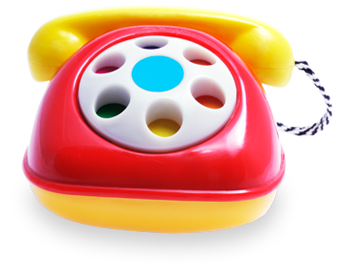During a difficult birth, the brachial plexus nerves that run between the neck and shoulder can tear or stretch as the baby comes through the birth canal. Damaged nerves can lead to a loss of feeling and movement from the shoulder to the wrist and fingers. The severity of the injury will determine how much function your child lost. Symptoms can range from minor weakness to complete paralysis.
Fortunately, most brachial plexus injuries are minor and heal on their own over time. Our team of experts will evaluate your child soon after birth to determine the severity of the injury and to make sure your child gets the therapy and support they need.

